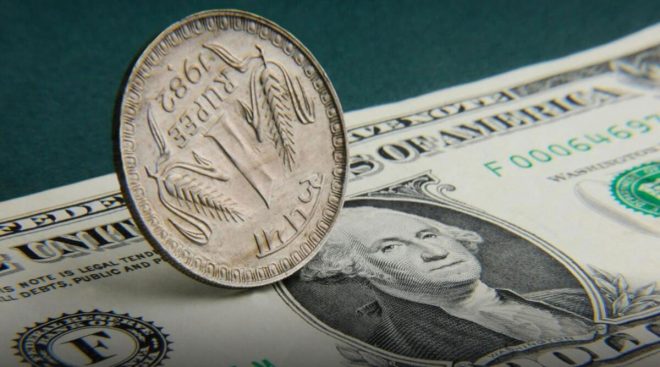The rupee marked the seventh monthly decline versus the US dollar following lingering worries over record high trade deficit, foreign fund outflows, higher inflation and tighter monetary policy.
July was another month in which the rupee traded lower against the American dollar. The rupee marked the seventh monthly decline versus the US dollar following lingering worries over record high trade deficit, foreign fund outflows, higher inflation and tighter monetary policy. Spot USDINR appreciated 0.36% or 29 paise to 79.26 in July, and on a year-to-date basis gained 6.22%.
In July, the Fed has never hiked rates by back-to-back 75-bp increments, which has led to an incredible total of 225 bps’ worth of rate increases in just four months’ time. This brings the new target range up to 2.25%–2.50%. That brings us to another interesting observation. With this latest move, the current Fed Funds target now matches the peak range implemented during the last rate hike cycle that ended in late 2018. During the last rate hike cycle, it took three years to get to this point, while the present scenario only took four months. The bottom-line message is that forex market volatility has been high and the dollar is overbought. We could see an interesting time going ahead.
For the rupee, there are two cases to be looked into for the August. First, the seasonality and past instances where the rupee fell for seven months. Seasonally August is considered to be the best month for USDINR as it gained more than 3.5% for four out of ten with an average appreciation of 1.56%. In August 2013, we all know the pair gained 8.83% just before Raghuram Rajan took charge as RBI Governor.
In 2018, the scenario where the pair gained seven months in a row appreciated around 12% from April to October. Then we have seen a fall of 5.91%, erasing almost three months’ gain.
We believe August could turn out to be negative for the pair as the market has already priced in tighter monetary policy and higher inflation. While there is some positive news like foreign institutions turning into net buyers from July and RBI may not go as aggressive as other central banks in hiking interest rates in the upcoming monetary policy meetings as a better monsoon and stable crude oil prices might help cool down inflation.
Technically, spot USDINR is having resistance at 80.10 and support at 78.90. With the medium-term trend remaining up, the short-term pullback can be seen this month with a downside up to 78.65, the 50 days simple moving average.





































